Home>Ideas and Tips>How To Choose The Right Paint Colors For A Neuroaesthetic-Optimized Living Room
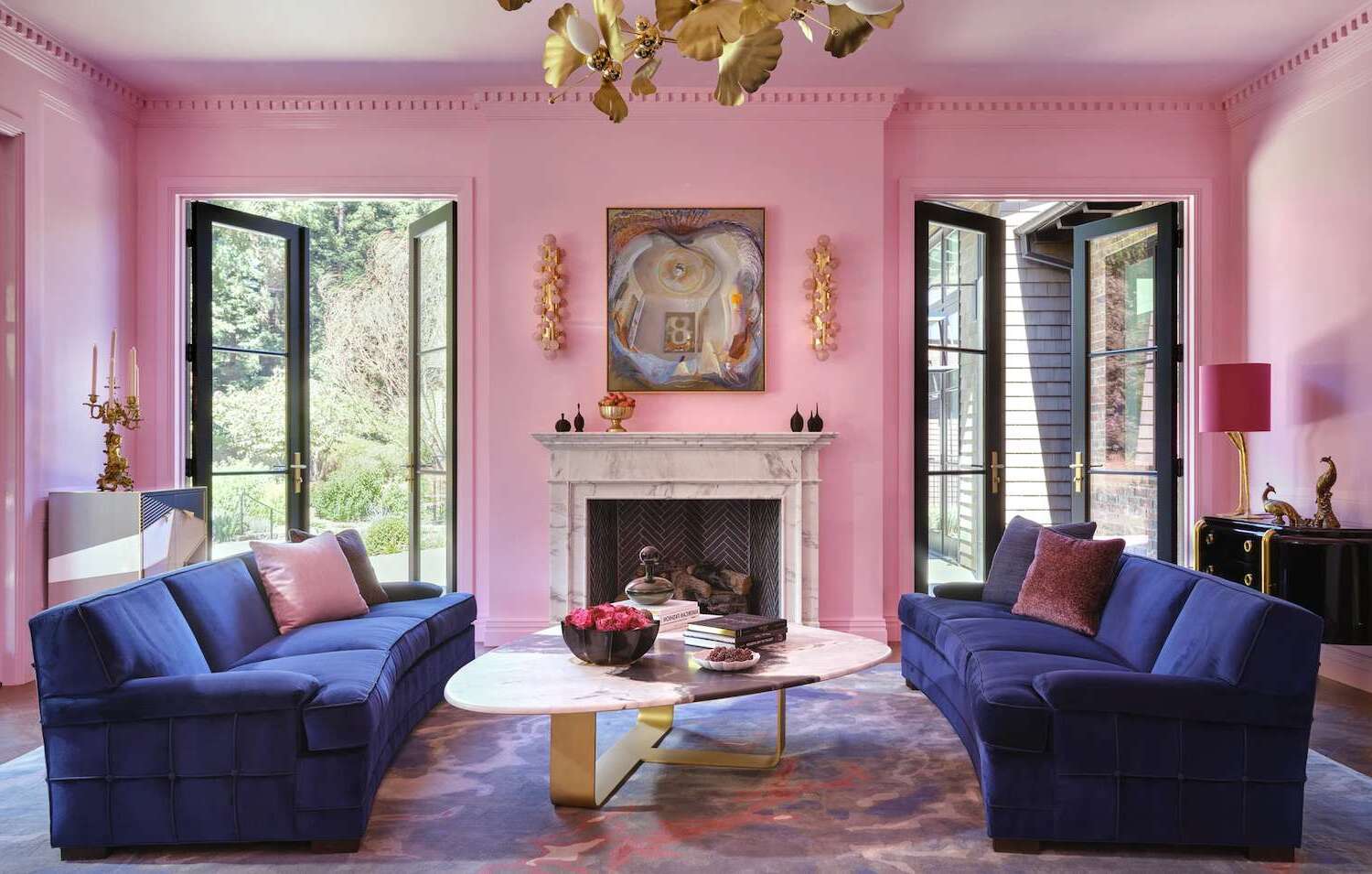

Ideas and Tips
How To Choose The Right Paint Colors For A Neuroaesthetic-Optimized Living Room
Published: September 1, 2024
Discover how to select paint colors that enhance mental well-being and create a neuroaesthetic-optimized living room. Follow our expert guide for a perfect space.
(Many of the links in this article redirect to a specific reviewed product. Your purchase of these products through affiliate links helps to generate commission for Storables.com, at no extra cost. Learn more)
Choosing the right paint colors for your living room is a crucial decision that can significantly impact the ambiance and functionality of the space. A neuroaesthetic-optimized living room is designed to enhance your mental well-being and emotional state by carefully selecting colors that promote relaxation, productivity, and overall comfort. In this article, we will guide you through the process of selecting the perfect paint colors for your living room, ensuring it becomes a haven that nurtures both body and mind.
Understanding Color Psychology
Colors have the power to evoke emotions and influence our behavior. Different colors can stimulate or calm the mind, making them either beneficial or detrimental to our well-being.
- Calming Colors: Soft blues, greens, and lavenders are known for their calming effects. These colors can help reduce stress and promote relaxation, making them ideal for bedrooms and living rooms where you want to unwind.
- Energizing Colors: Vibrant colors like reds and oranges can stimulate the mind and increase energy levels. These are often used in spaces like playrooms or home gyms where activity is encouraged.
- Neutral Colors: Neutrals such as whites, grays, and beiges provide a clean and neutral backdrop that can be easily paired with other colors. They are versatile and can work well in any room, especially if you're unsure about the final color scheme.
Assessing Your Space
Before selecting paint colors, take a moment to assess your living room. Consider the following factors:
- Room Purpose: Think about how you use your living room. Do you spend most of your time reading, watching TV, or entertaining guests? Different activities require different moods and thus different color schemes.
- Natural Light: The amount of natural light in your room plays a significant role in how colors appear. Rooms with plenty of natural light can handle bolder colors, while those with limited light may benefit from softer shades.
- Architectural Style: The architectural style of your home can influence your color choices. For example, modern homes often look best with clean lines and neutral tones, while Victorian homes can handle brighter layered colors.
Choosing a Color Scheme
Selecting a color scheme involves more than just picking a few colors; it's about creating a cohesive look that ties the room together. Here are some popular color schemes:
- Monochromatic: Using variations of a single color can create a harmonious and sophisticated look. For example, different shades of blue can be used to create a calming monochromatic scheme.
- Complementary: Pairing colors that are opposite each other on the color wheel can add depth and interest to the room. For instance, blue and orange make a striking combination.
- Analogous: Colors next to each other on the color wheel create a smooth transition between hues. Green, blue, and blue-green are analogous colors that work well together.
Step-by-Step Guide to Choosing Paint Colors
-
Inspiration and Research:
- Start by gathering inspiration from various sources such as magazines, Pinterest boards, or home decor blogs. Pin or bookmark images that catch your eye until you have a clear idea of what you like.
- Take notice of the consistencies in your research. What colors are you consistently drawn to? This will help narrow down your options.
-
Define the Mood:
- Once you have an idea of your preferred colors, imagine how you want the room to feel. Think about the activities you'll be doing in the room and how you want to spend your time there.
- Consider reading about color psychology to understand how different colors can affect your mood and behavior.
-
Select Key Colors:
- Start with an inspiration piece such as art, textiles, or rugs. From there, pick 3-5 colors including neutrals.
- Remember that too many colors can make a space feel chaotic. Stick to a small group of colors for a cohesive look.
-
Assign Colors to Elements:
- Use 1-2 key colors for your main furniture pieces. Neutrals are always a safe bet but feel free to live a little and choose something bold.
- With the remaining 2-3 colors, bring them in via soft goods and textiles like curtains, rugs, pillows, or art.
-
Balance and Contrast:
- To achieve balance but effortless interest in your room:
- Use the 60/30/10 rule: 60% of your room should be one main color family (usually neutrals), 30% should be an accent color (or two), and 10% should be that last punch or metallic.
- Mix up the tones and play with texture so it doesn’t feel too “mathematical.”
- To achieve balance but effortless interest in your room:
-
Consider Trim and Accent Colors:
- Trim refers to decorative woodwork that frames windows, doors, and floors. It also includes baseboards which run along the bottom of walls.
- Accent colors are used to draw attention to specific places or fixtures in the room. This can include an accent wall painted in a bold color like burgundy.
-
Try Out Samples:
- Before committing to a specific color and buying paint, try out a few colors in your home. Small paint swatches are not large enough to make a good decision.
- Get a few small paint samples and paint large pieces of white poster board. Hang these samples on different walls for a few days to see how they look under various lighting conditions.
-
Final Check:
- Once you've narrowed down your options based on inspiration, mood definition, color selection, assignment of colors to elements, balance considerations, trim choices, and sample testing:
- Take a step back from your room and walk through it mentally or physically if possible.
- Ensure that each element complements each other without overwhelming the senses.
- Once you've narrowed down your options based on inspiration, mood definition, color selection, assignment of colors to elements, balance considerations, trim choices, and sample testing:
Examples of Color Schemes
-
Modern Minimalist:
- A modern minimalist design often benefits from clean lines and neutral tones like whites, grays, and blacks.
- Add accent colors in carefully chosen areas for contrast.
-
Victorian Elegance:
- Victorian homes frequently used bright layered colors like yellows, greens, and reds to play off prominent dark wood features.
- Choose two or three hues in the same color family to highlight architectural details.
-
Craftsman Warmth:
- Craftsman-style homes are known for warm paint colors that complement warm wood tones of flooring, trim, and other woodwork.
- Earth tones such as browns, tans, yellows, and reds are good choices.
-
Mid-Century Boldness:
- Mid-century architecture can handle bold color palettes but finding a balance between bold colors and neutrals is usually easier long-term.
- A combination of turquoise, gray, black, and white can create a modern feel without being too retro.
Additional Tips
-
Consider Lighting Conditions:
- Strong lights tend to diffuse bold colors which is why rooms with lots of natural light can handle darker colors.
- Dimly lit spaces may benefit from softer shades such as soft pink and beige.
-
Architectural Details:
- Historic homes often have woodwork and architectural details that lend themselves to warmth and coziness not found in newer homes.
- Lighter shades of richer tones are often more appropriate for historic properties.
-
Room Size:
- Small rooms may benefit from lighter touches like soft blues, greens, or lavenders to make them appear bigger.
- Larger rooms can handle bolder colors without overwhelming the space.
By following these steps and considering the factors mentioned above, you'll be able to create a neuroaesthetic-optimized living room that not only looks beautiful but also enhances your mental well-being through carefully selected paint colors.
Was this page helpful?
At Storables.com, we guarantee accurate and reliable information. Our content, validated by Expert Board Contributors, is crafted following stringent Editorial Policies. We're committed to providing you with well-researched, expert-backed insights for all your informational needs.
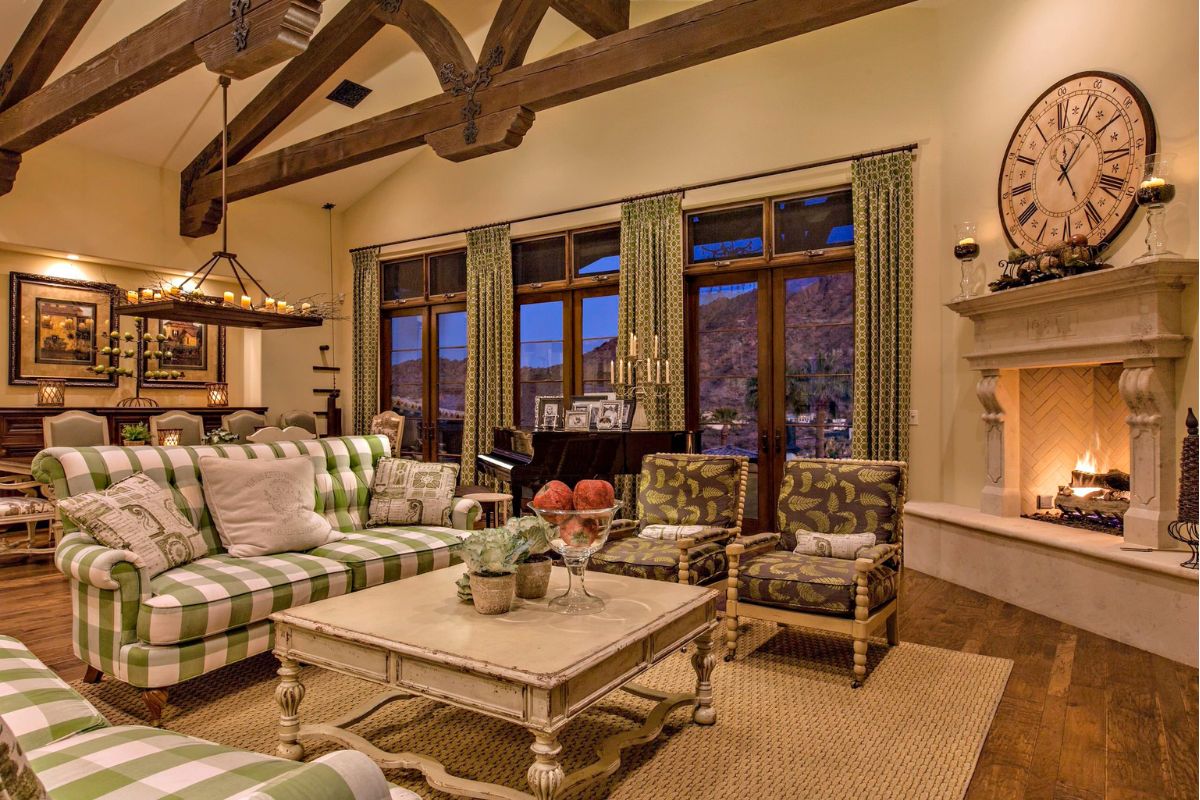
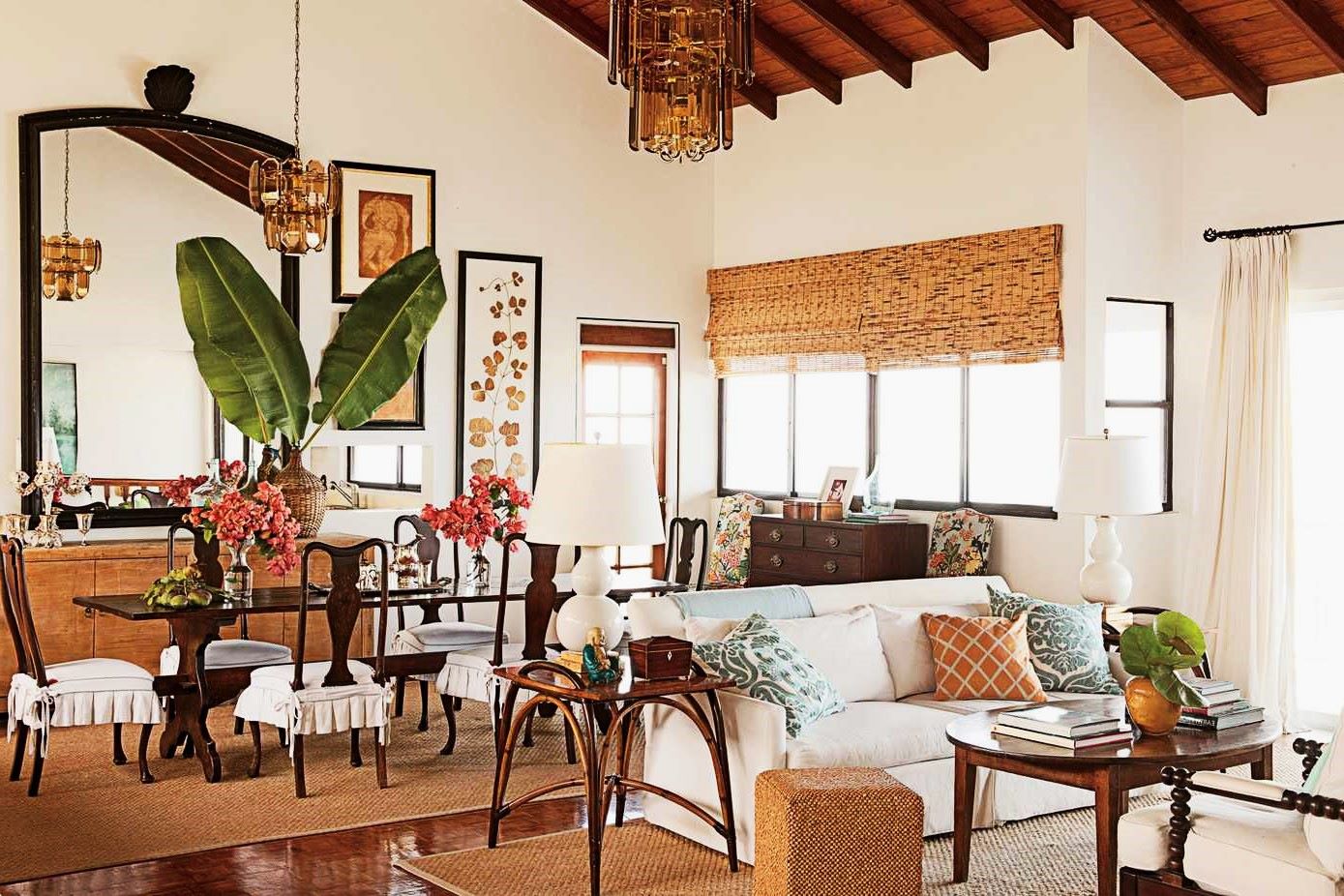
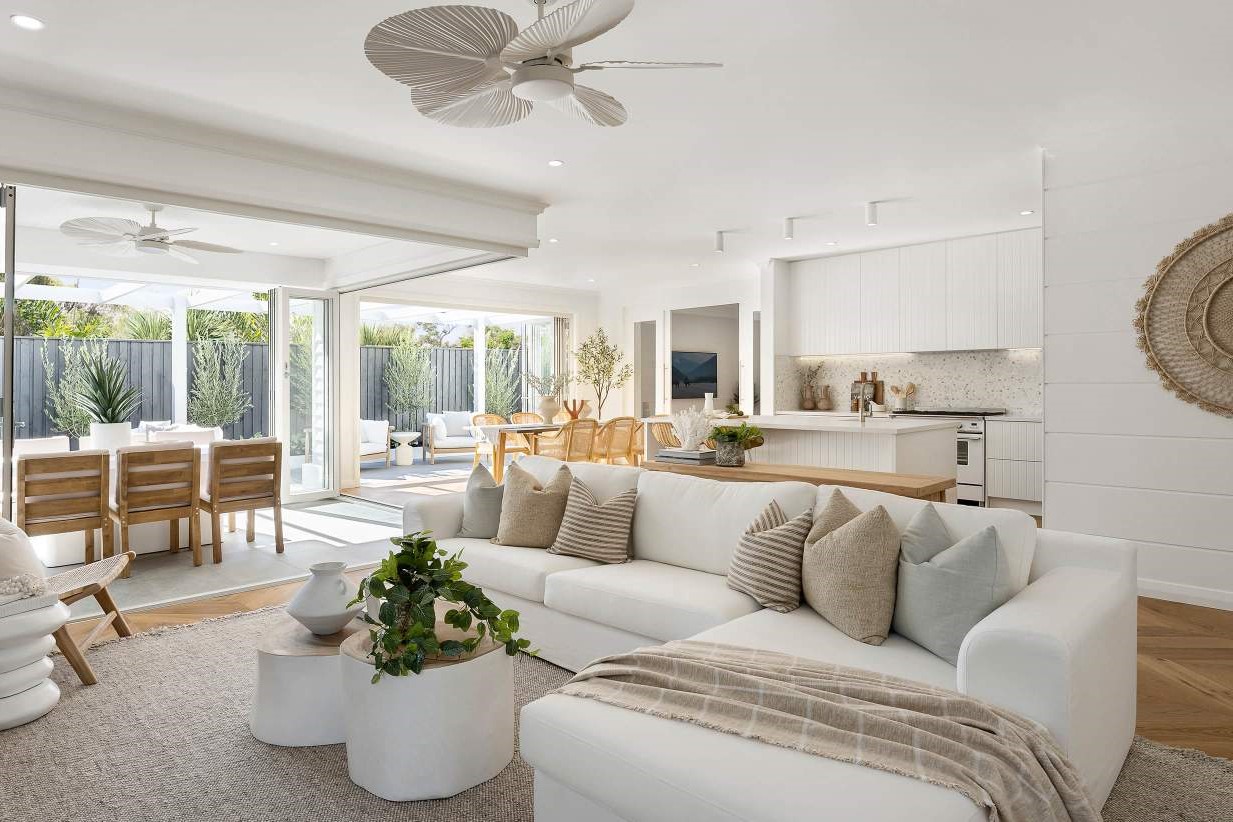
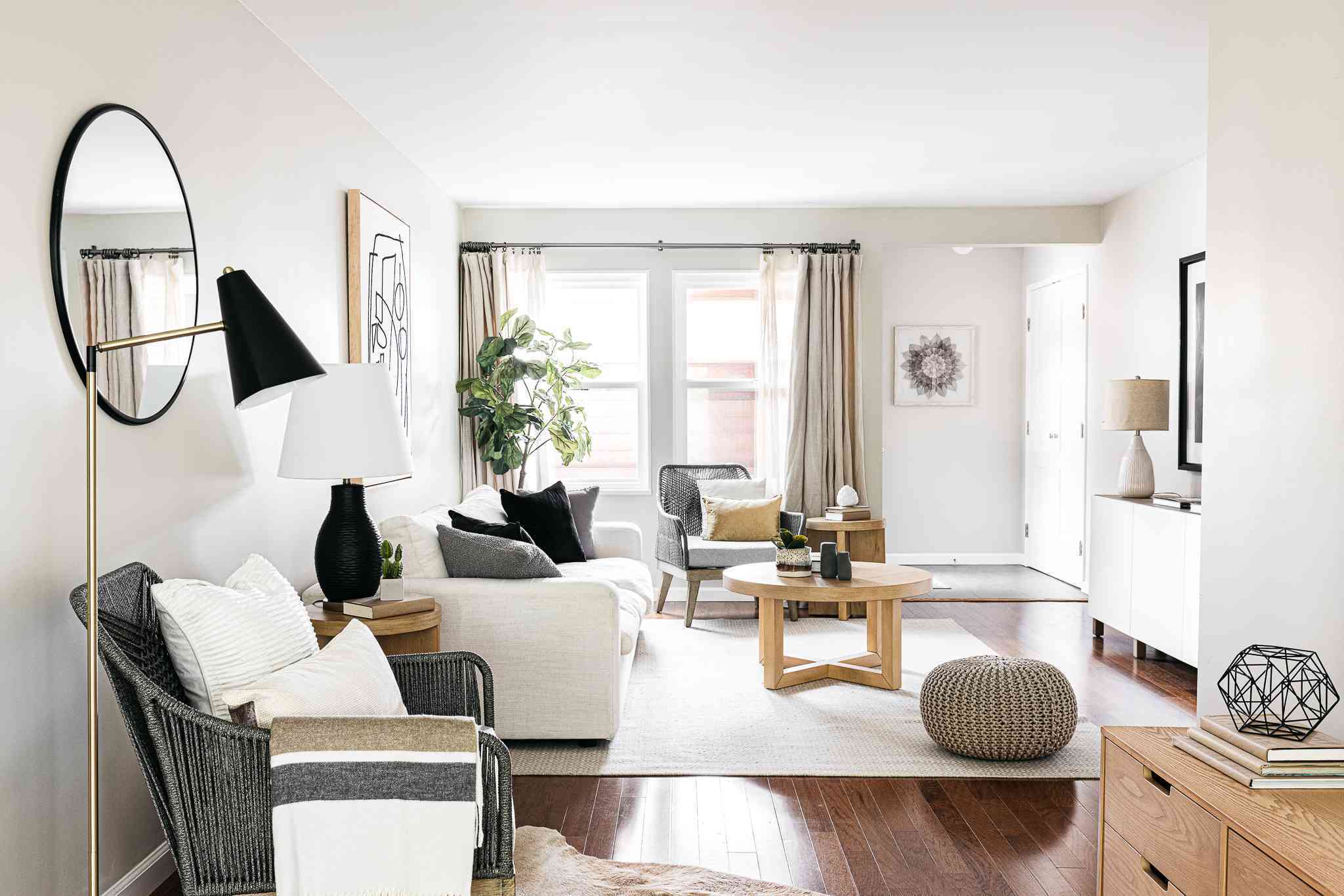
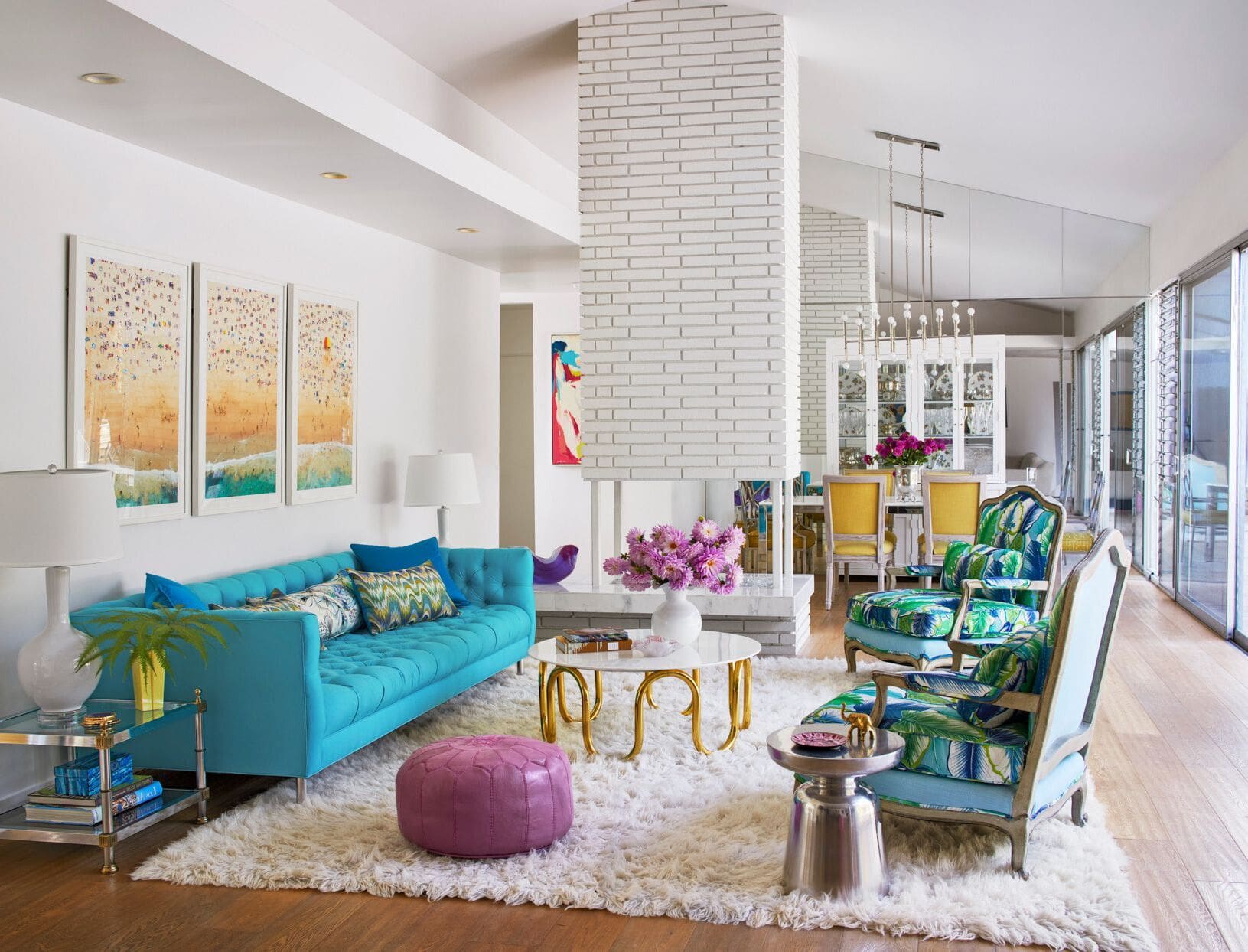
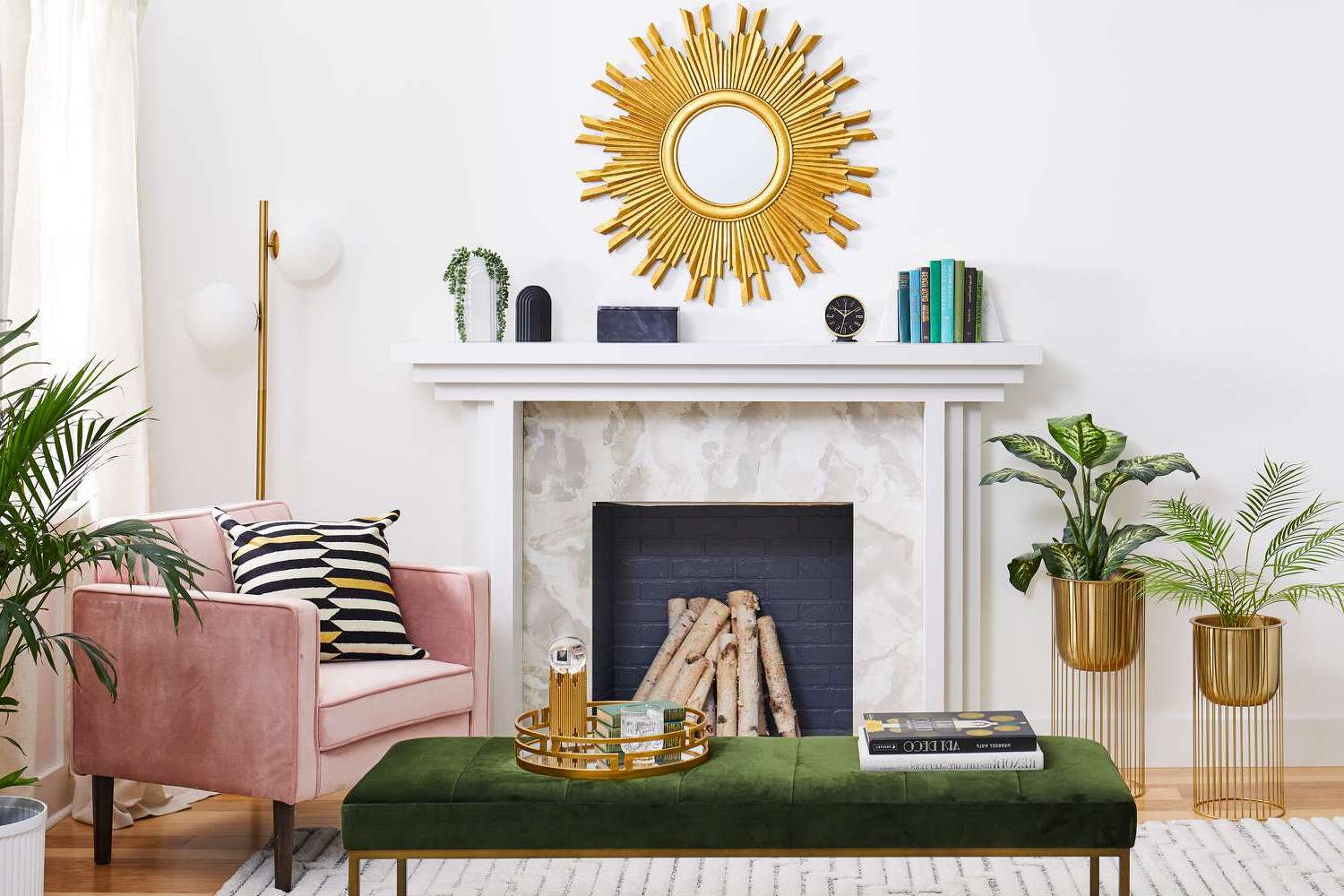
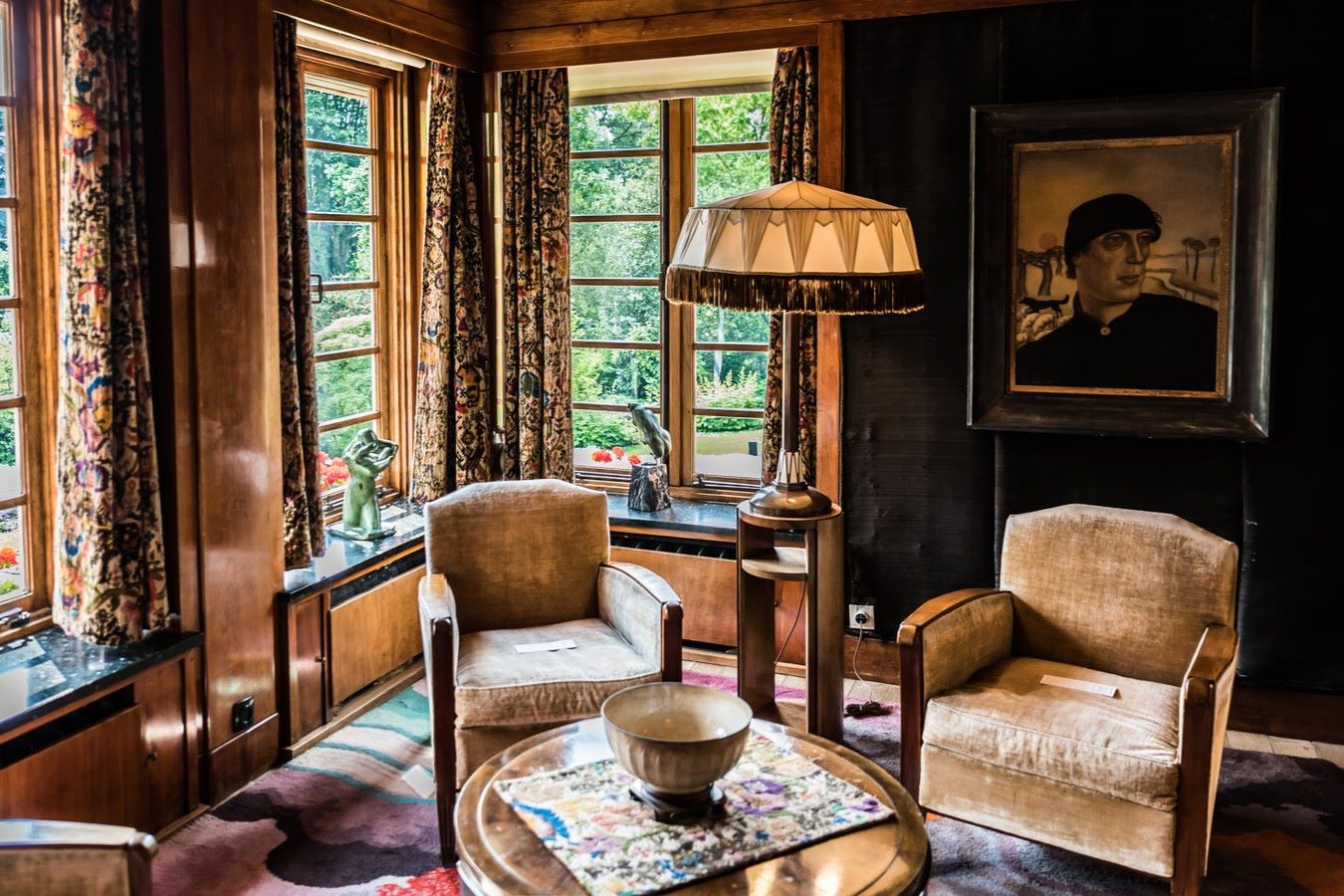
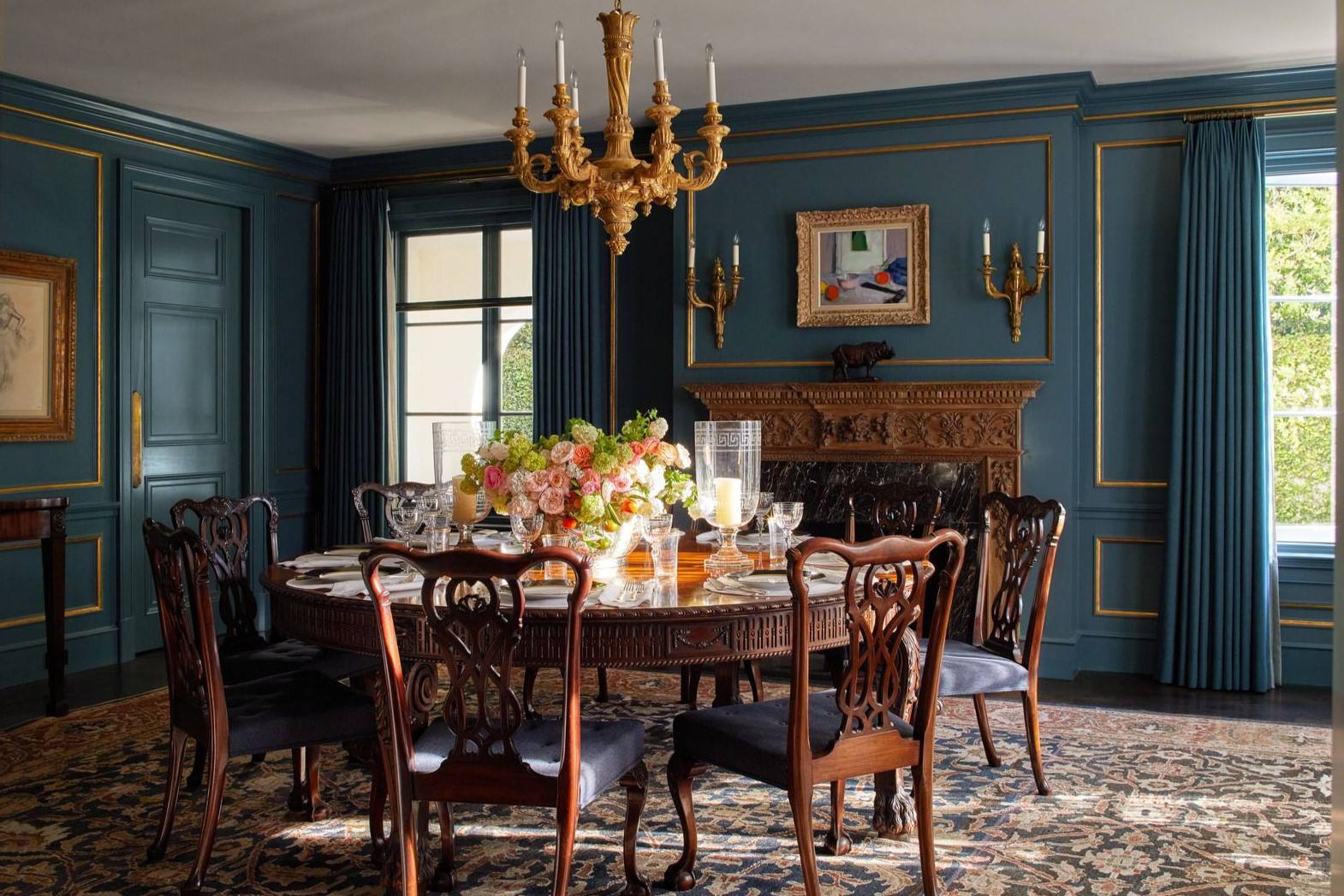
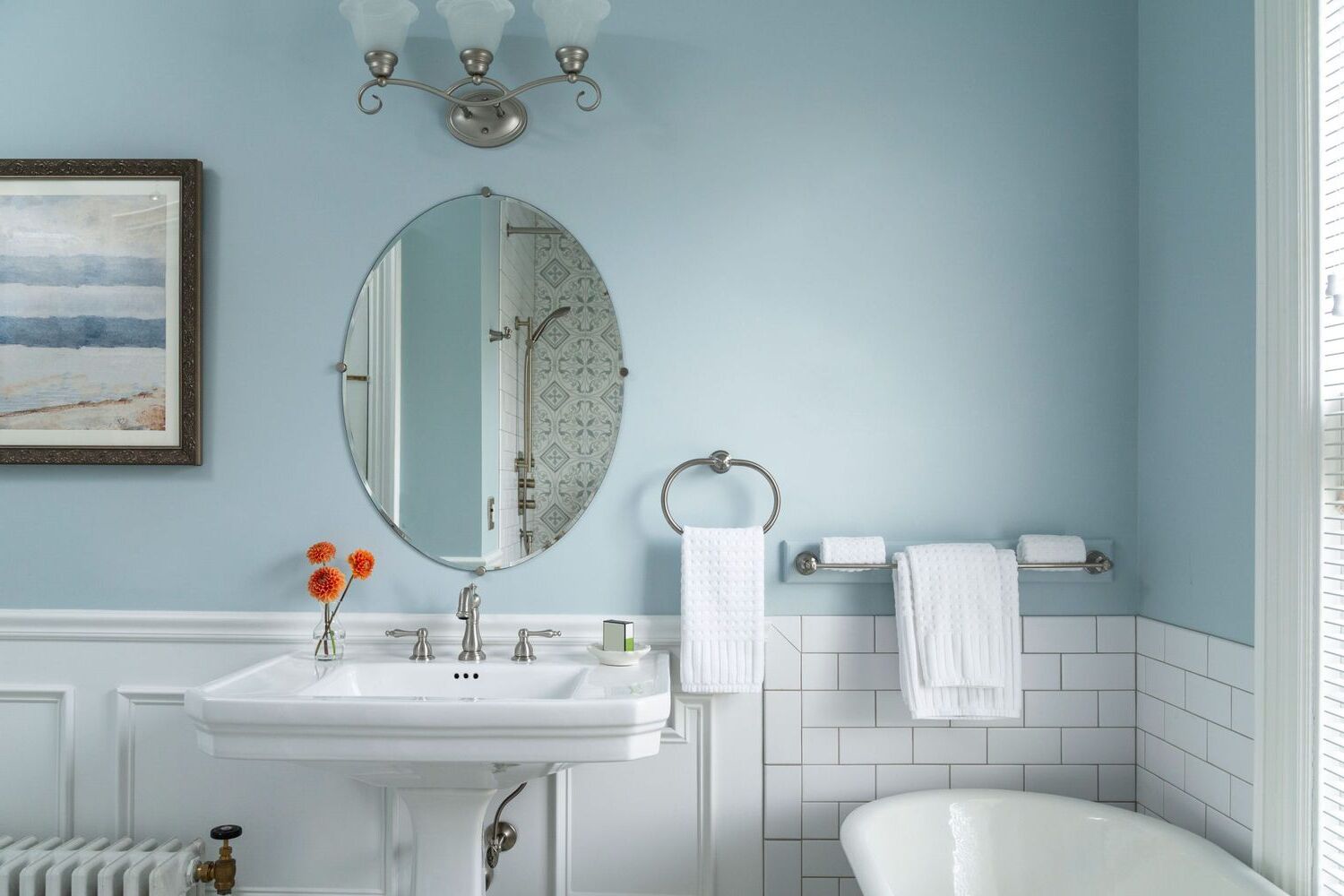
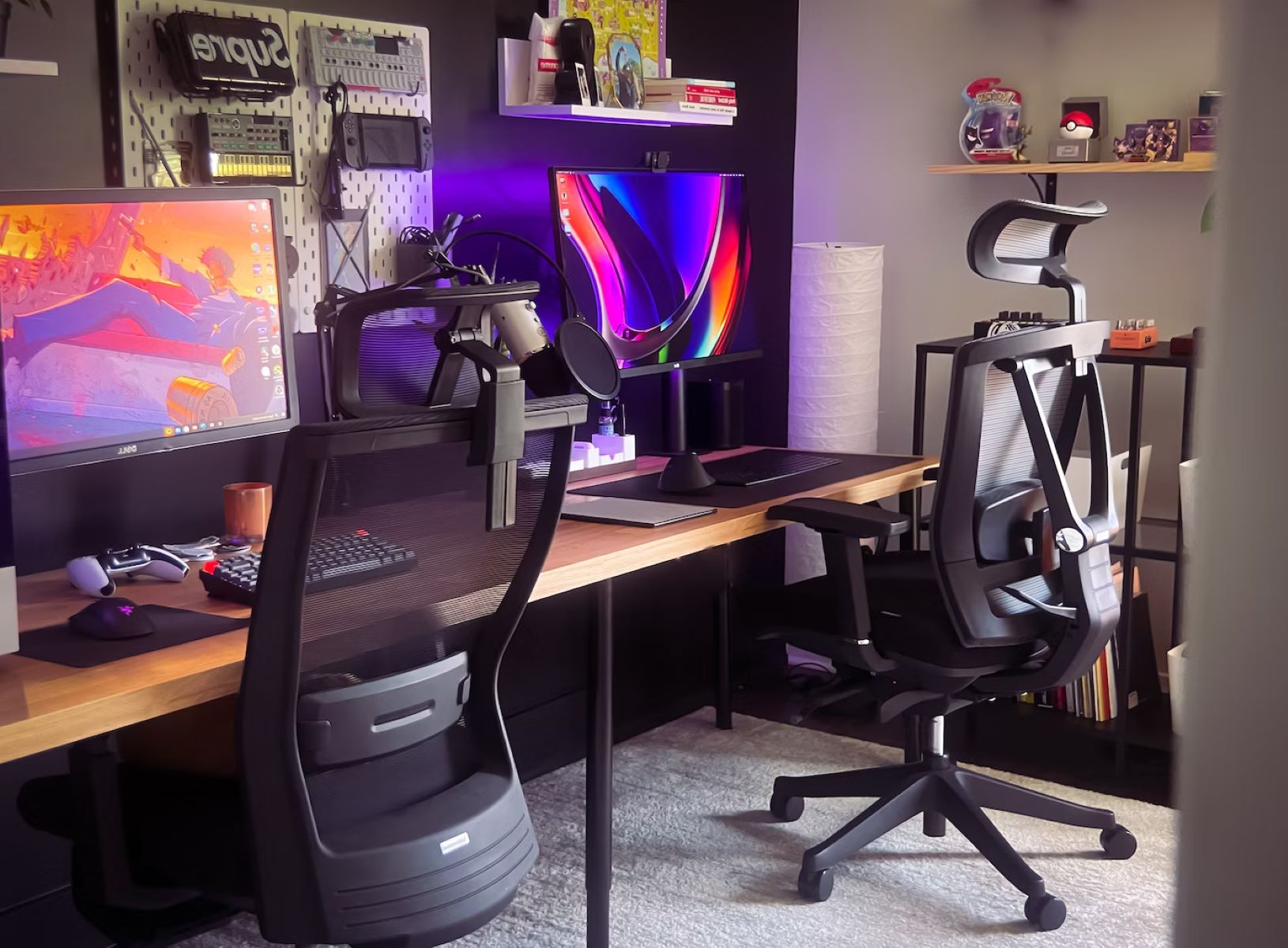
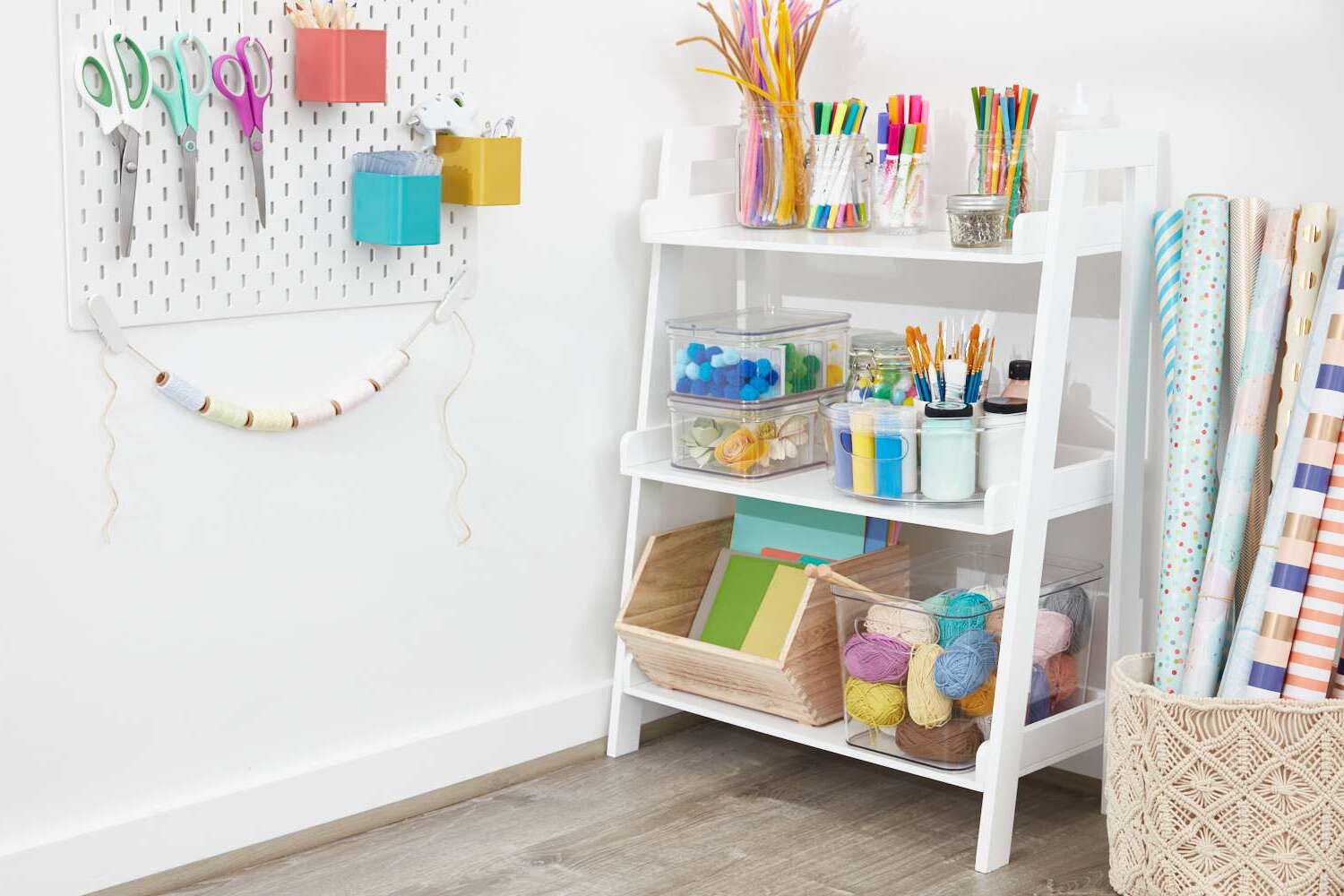
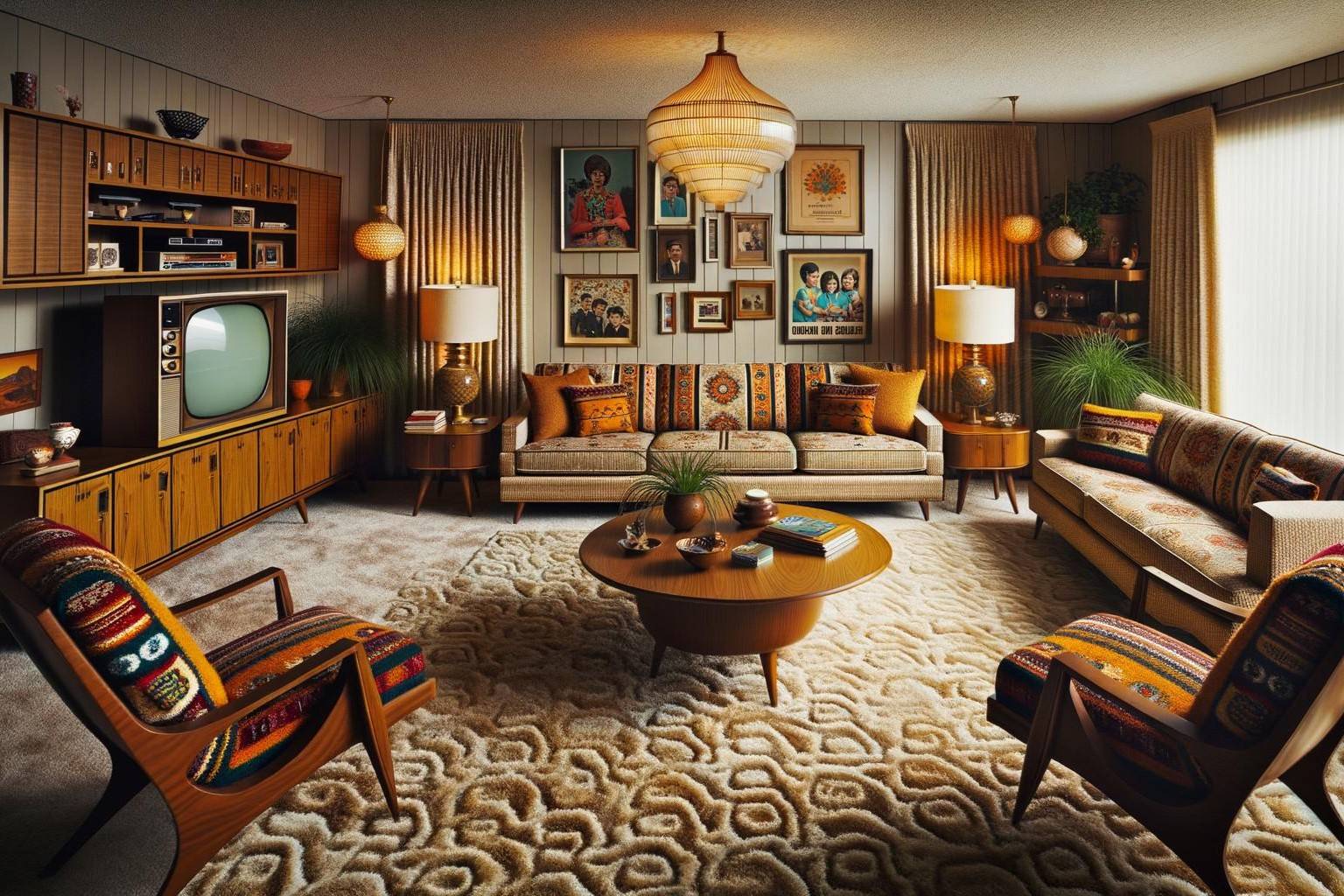
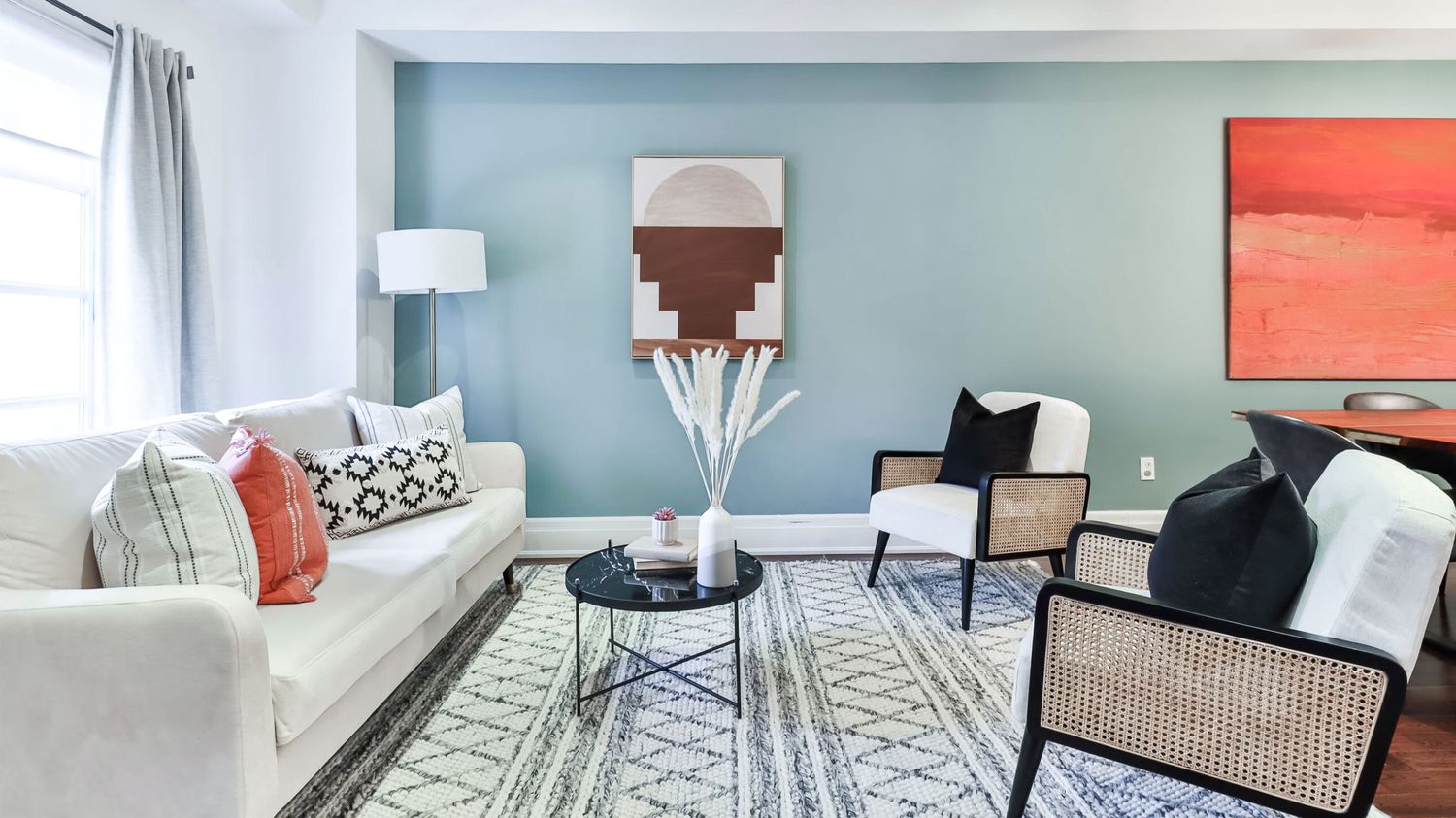
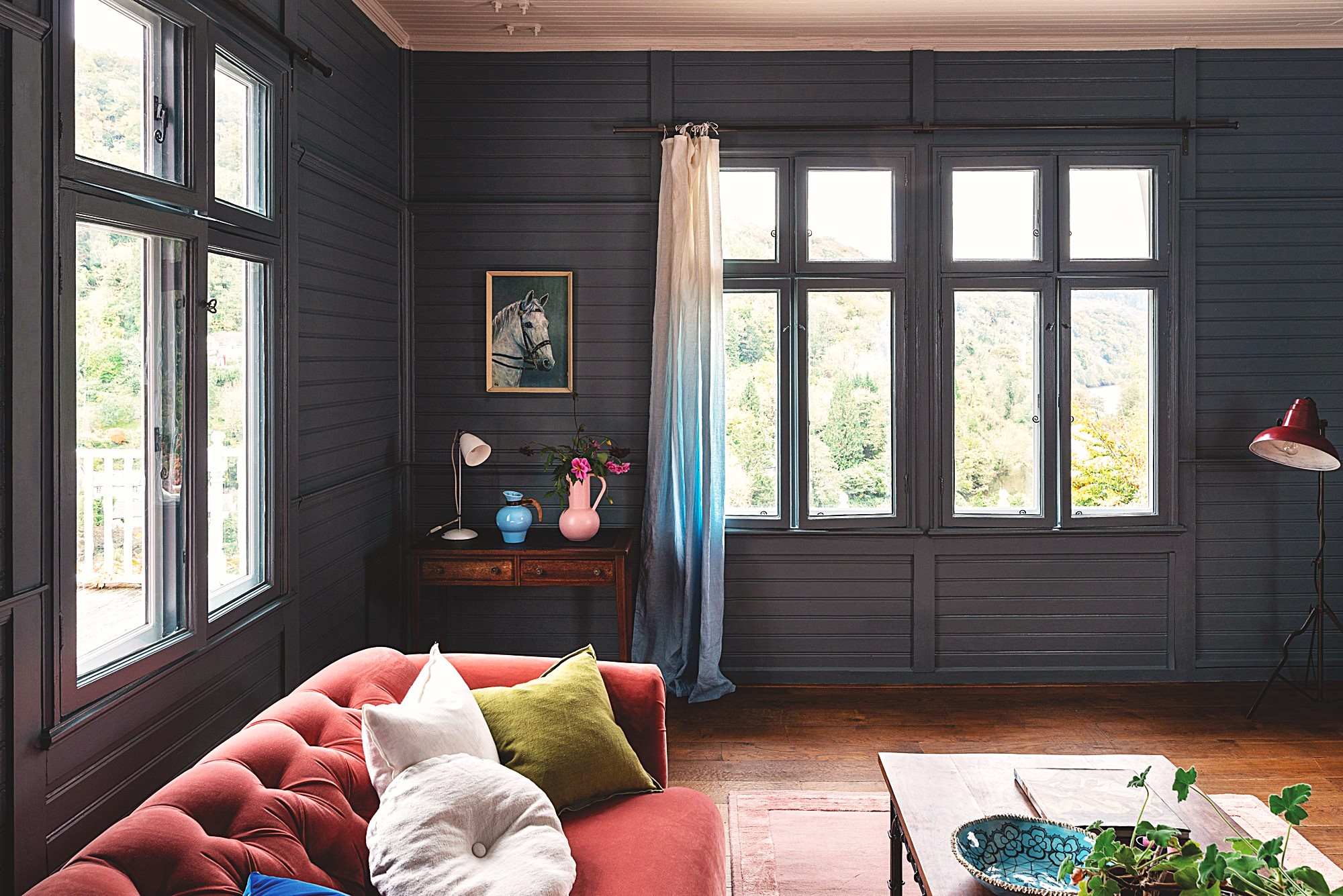

0 thoughts on “How To Choose The Right Paint Colors For A Neuroaesthetic-Optimized Living Room”